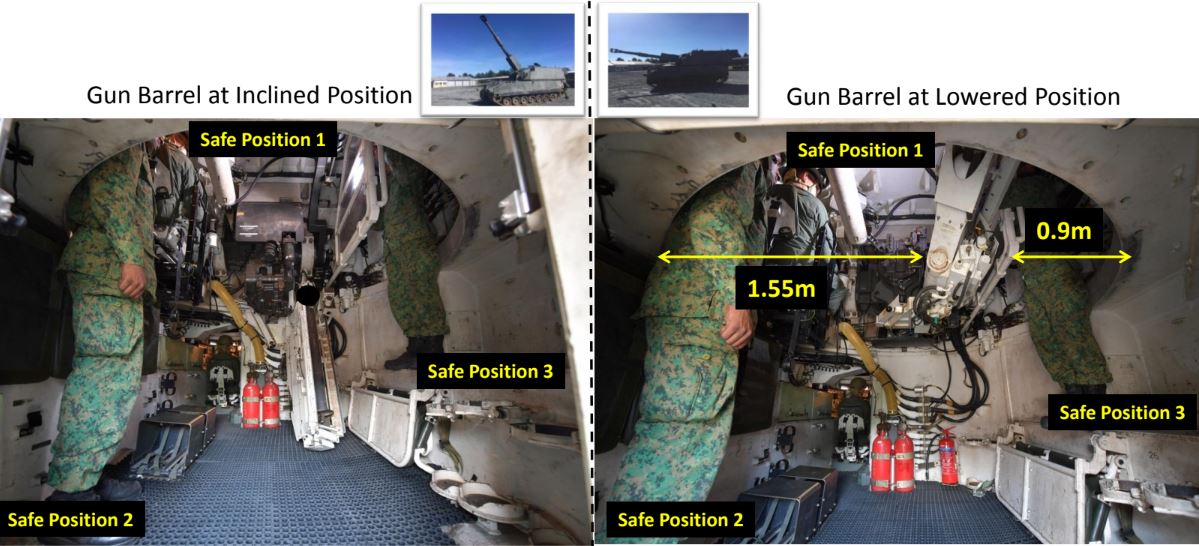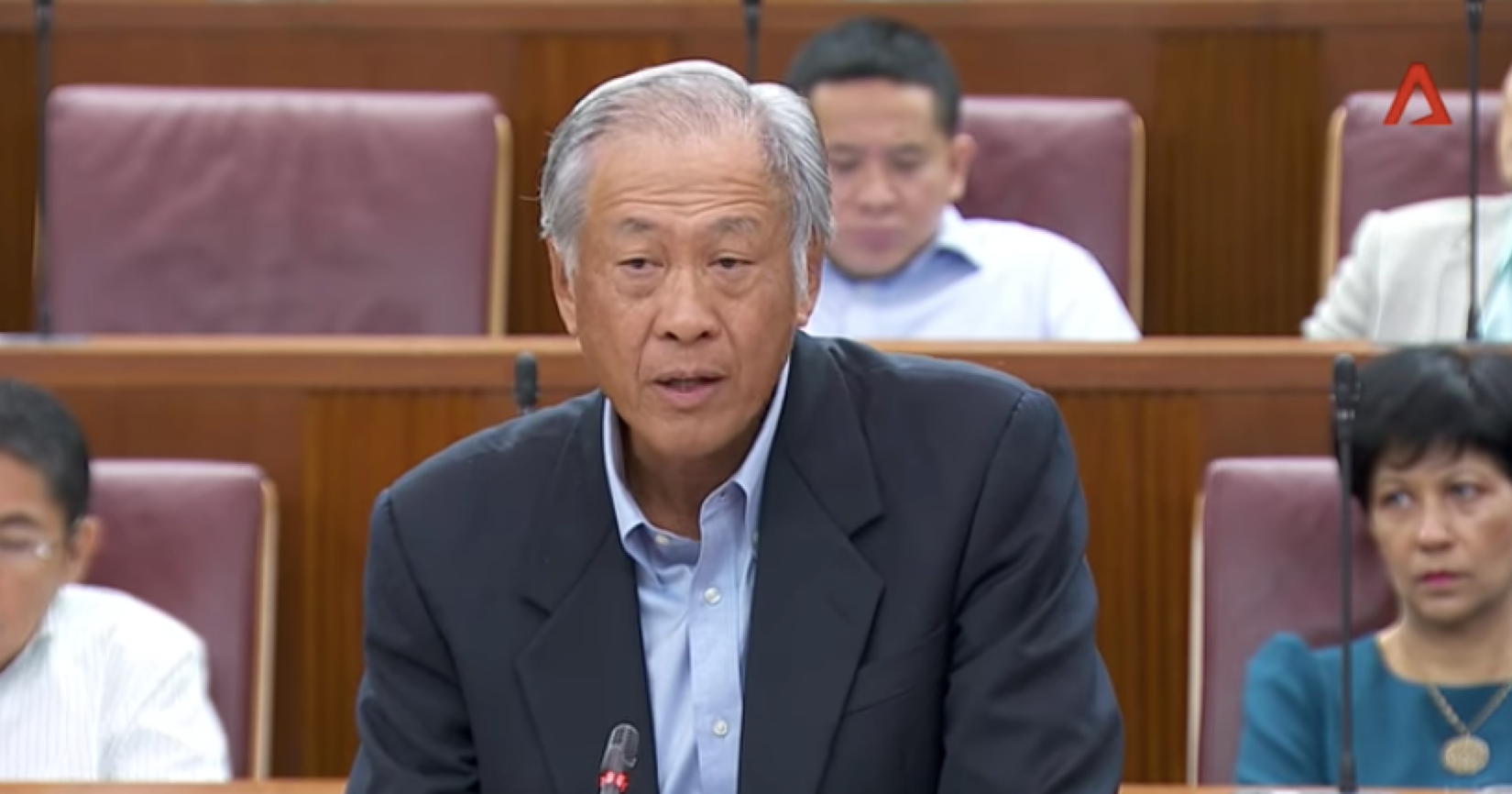In a Ministerial Statement delivered in Parliament today (Feb. 11), Defence Minister Ng Eng Hen gave more details on the circumstances leading up to the death of actor Aloysius Pang.
SIB investigation
Ng shared that as the death occurred in New Zealand, the Singapore Police Force does not have jurisdiction there.
Instead, the case will be investigated by the Singapore Armed Forces' Special Investigation Branch (SIB).
Ng said that he would share as much information in his statement as possible, without prejudicing the Committee of Inquiry and SIB investigations which he said would be conclusive and authoritative.
He called for members of Parliament to not draw conclusions based on the facts he laid out in his statement.
Qualified to handle SSPH
Ng shared that Pang, along with the two other servicemen in the Singapore Self-Propelled Howitzer (SSPH), were trained and qualified to perform their duties on the SSPH.
Pang had been trained to handle the SSPH since his time as a full-time National Serviceman (NSF), and this was his seventh In-Camp Training exercise.
He had also attended a two-day refresher course on basic functional checks and troubleshooting of the SSPH during his previous ICT in Feb. 2018, which included safety procedures during gun movements.
Before taking part in Exercise Thunder Warrior, Pang went for refresher training on maintenance tasks in New Zealand.
During the exercise itself, he was involved in the preparation of more than 10 SSPHs, which included servicing and maintaining of the guns.
Additional support
Pang was part of a Forward Maintenance Platoon who provide basic maintenance support for SSPH units in the field.
Prior to the incident, he was unable to resolve the fault in the SSPH after being activated.
Pang requested for help from Regular technicians from the Forward Support Group, who provide higher level maintenance support.
The other two servicemen with Pang when the incident occurred were also qualified to handle the SSPH.
The gun commander was on his eighth ICT and had undergone refresher training before his deployment in the exercise, while the Regular technician has eight years of working experience on the SSPH.
No malfunction of gun lowering mechanism
Ng shared details on safety protocols for the maintenance crew.
He walked the House through a blow-by-blow account of what happens when a gun is lowered:

- From the gun commander's Safe Position 1, he must first check to ensure that the gun barrel area is free from obstacles and that no persons are in the travel path of the barrel.
- Other persons in the cabin are to occupy Safe Positions 2 or 3.
- The gun commander then gives the signal “clear away” to warn technicians about the barrel movement.
- He should visually check to ensure no persons are in the travel path of the barrel and all crew are in safe positions.
- After this, the gun commander should shout “standby” before moving the barrel.
- In the event of any danger, there are also three emergency stop buttons in each of the safe positions inside the SSPH.
It takes about 9 seconds for the gun to be lowered to the horizontal position for maintenance.
Ng shared that all three individuals in the cabin were specifically trained on the SSPH, and had conducted similar maintenance on it in the past. Both Pang and the Regular technician had conducted daily maintenance works on the guns during the exercise.
After the incident, the SAF immediately inspected the SSPH for any systemic machine malfunctions that would put other maintenance crews at risk.
However, inspections have not detected any such malfunctions.
No design flaw of the SSPH
Next, Ng addressed the question of whether there was a design flaw in the SSPH.
He said that the SSPH prototype platform went through extensive trials and evaluations from 2000 to 2002, before its introduction in 2003.
Militaries such as the U.S., Germany and South Korea also operate tracked 155mm guns with similar gun lowering mechanisms.
The SSPH itself was designed and developed to international military standards for System Safety and Human Factor Engineering.
Over the last 15 years, more than 1,000 national servicemen and Regulars have been trained to operate the SSPH, firing about 12,500 rounds.
Ng stated that there has not been any reported injury of servicemen due to the gun lowering for maintenance, or operating in, or firing of the SSPH.
Top image from Channel NewsAsia's YouTube channel.
Content that keeps Mothership.sg going
??
Here's how to pair your CNY snacks with beer to look like a true blue connoisseur.
????
What in the world are cashless angpaos?
?⏩?
Finally escape from your CNY fatigue with these heavily discounted cruise fares.
??✨
Does your work spark joy ?
??
Millennials are strawberries? Can eat one ah?
If you like what you read, follow us on Facebook, Instagram, Twitter and Telegram to get the latest updates.
